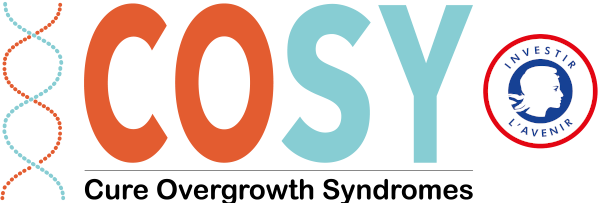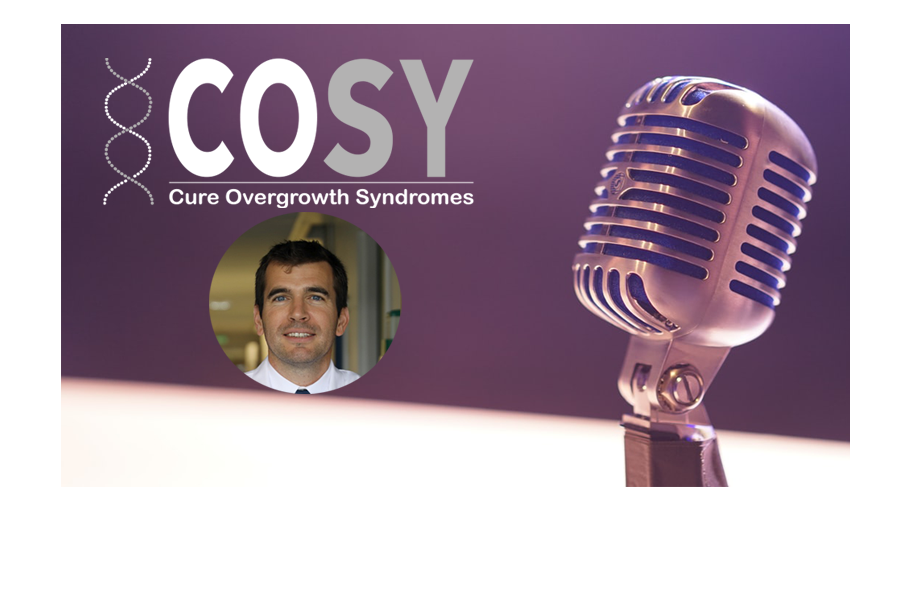→ What is your role in this project?
I am the scientific coordinator of this consortium which brings together over a dozen of academic partners, hospitals, private companies, and a Foundation. This sort of research consortium is unique and a specific French feature.
→ What are your motivations?
It’s a taxing question! I’ve always been drawn to science, understanding how a disease works, but also very excited by novelties. Moreover, I am very sympathetic to the issue of disability in this type of pathology, the consequences are very significant. In addition to the symptoms of the disease such as pain or bleeding, repeated hospitalizations and surgeries, the social repercussion is major with far too often children and adults discriminated because of physical disabilities and are thus on the margins of society. Lastly, when you see the enthusiasm of the different teams involved (research laboratory, paramedical and medical staff…) your motivation is increased tenfold!
→ Which disease are your work focus on?
We are currently working on a group of pathologies responsible for overgrowth syndromes. Of course, we have a particular interest in mutations of the PIK3CA gene involved among other things in CLOVES syndrome or venous and lymphatic vascular abnormalities, but also in genes called AKT1 (responsible for Protea syndrome) and his cousins AKT2, AKT3 and mTOR. This project is also expected to identify new genes and possibly new therapeutic avenues. Indeed, this is one of the major challenges of the project, which involves repositioning treatments developed for other pathologies that could be beneficial in these syndromes, as we have already demonstrated.
→ How do you intend to study it?
Thanks to this funding, we have a unique opportunity to bring altogether different categories of research (clinical, fundamental, genetic, radiological, computer…) around the same type of pathology. In my opinion, the key element in this kind of project is to have patients and basic research on the same place (new mouse models, new genes identified…). That’s what we came to create on the Necker campus.
→ What are your hopes and goals for the future?
This is a very promising project since it will provide a better understanding of these diseases and help to identify new markers of the activity of these diseases, to identify new therapeutic targets, to find new genes involved in these syndromes, to improve the integration of patients into society and finally to make these pathologies known to the medical community in order to improve their cares.

